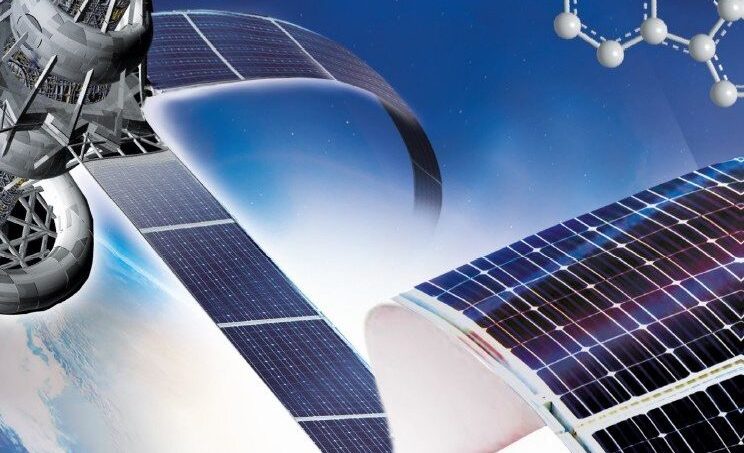Researchers at Italian oil and gas supermajor Eni’s Renewable Energy and Environmental R&D Center have been testing new materials and device architectures for organic solar cells, arguing the cost-effective and versatile tech has great potential for integration into the company’s industrial operations.
After laboratory trials, Eni researchers decided to concentrate on an optimized sequence of layers including two electrodes holding the active polymer material – an electric charge donor and acceptor. The layers are printed using the rotogravure technique, resulting in a printed sequence just a few microns thick – thinner than a red blood cell.
Eni claims another advantage of its organic PV solution is high efficiency even in diffused light – making the technology suitable for electricity generation in low-light conditions. While the oil major’s website does not publish hard figures on organic PV efficiency, one of the latest records achieved was 12.6% from a 12-cell, 26cm² module designed by scientists from several German research institutes and the South China University of Technology.
Drawbacks
Although organic PV boasts attractive features such as its low weight, transparency, flexibility and roll-to-roll production capability, take-up of the technology has been hampered by expensive raw materials, longevity issues and lower power conversion efficiency than that offered by inorganic solar cells. Eni, however, appears to see more pros than cons and the company – in which the Italian state holds a golden share – believes organic PV can help it achieve energy self-sufficiency in buildings and industrial plants in remote locations.
Beyond its industrial uses, the oil company also sees interesting development and humanitarian opportunities for organic PV. For instance, the company believes such cells, if attached to inflatable structures, could be air-dropped into remote locations after natural disasters to deliver essential power. Eni adds, the cost-effectiveness and ease of use of organic PV means it would require no specialist skills to deploy in such a scenario.
The Renewable Energy and Environmental R&D Center at Novara, near Milan in northern Italy, has conducted research with institutions including MIT and the Technical Research Center of Finland as well as the National Research Council of Italy and several Italian universities.
Colored concentrators
One collaboration with MIT concerns luminescent solar concentrators (LSCs) – colored panels of plastic material which can capture sunlight with the help of luminescent pigments and concentrate it along their edges, where it is intercepted by small PV cells and converted into electricity. LSCs are able to operate even in diffuse and low-light conditions.
Having developed LSCs in a range of colors, the researchers have found the most efficient to be yellow and red, with those devices said to be ready for industrial development. The joint research team is also working on ‘neutral’ colors for the construction industry.
The Italian company also unveiled the HPC5 supercomputer this month. Touted as the world’s most powerful industry supercomputer infrastructure, the system will enable researchers to perform multiple calculations on numerous molecules in shorter time frames.
This content is protected by copyright and may not be reused. If you want to cooperate with us and would like to reuse some of our content, please contact: editors@pv-magazine.com.




By submitting this form you agree to pv magazine using your data for the purposes of publishing your comment.
Your personal data will only be disclosed or otherwise transmitted to third parties for the purposes of spam filtering or if this is necessary for technical maintenance of the website. Any other transfer to third parties will not take place unless this is justified on the basis of applicable data protection regulations or if pv magazine is legally obliged to do so.
You may revoke this consent at any time with effect for the future, in which case your personal data will be deleted immediately. Otherwise, your data will be deleted if pv magazine has processed your request or the purpose of data storage is fulfilled.
Further information on data privacy can be found in our Data Protection Policy.